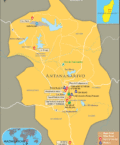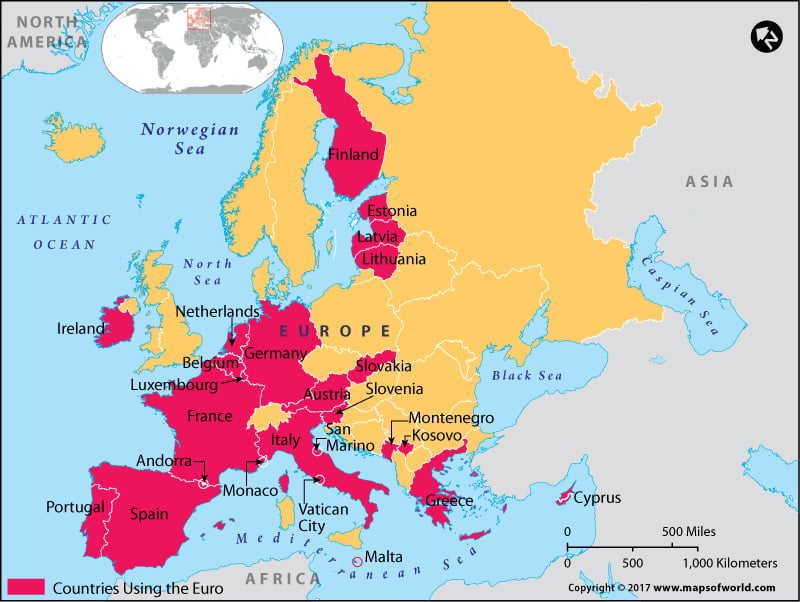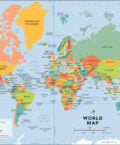though the country has a large agricultural sector Costa Rica's economy has grown to encompass well developed technology and tourism sectors. The country has a high standard of living.
Tourism, Agriculture and electronics exports form the strong foundation on which Costa Rica Economy lies. For nearly 20 years poverty in Costa Rica is at 20%. The social safety that was established by the government has come down as the financial restraints on the expenditures of the government has risen. A major concern for the government is the increase in the immigration from Nicaragua. On one hand the Nicaraguans have fulfilled labor requirements of Costa Rica, but they are an adverse effect on social security.
Political stability along with high standard education and tourism has pulled a lot of foreign investors who in turn have brought with them a large amount of foreign exchange. Internal and external deficits with domestic debt have caused a problem for economy of Costa Rica. The government is trying to deal with these problems together with rising inflation. The reasons which have led to a hike in inflation are increase in import prices, inflexibility of labor market and fiscal deficits.
Two aspects of Costa Rican economy need revision. These are tax system and public expenditure. The implementation of US-Central American Free Trade Agreement (CAFTA) would lead to a transformation in the investment scenario of the country for the better. GDP of Costa Rica is %50.89 billion. The GDP real growth rate is 7.9%. The rate of unemployment is 6.6% and that of inflation is 12.1%. Currency of the country is Costa Rican colon. Agricultural products include bananas, pineapples, coffee, melons etc. Industries are microprocessors, food processing, textiles and clothing etc. For more information log on to




